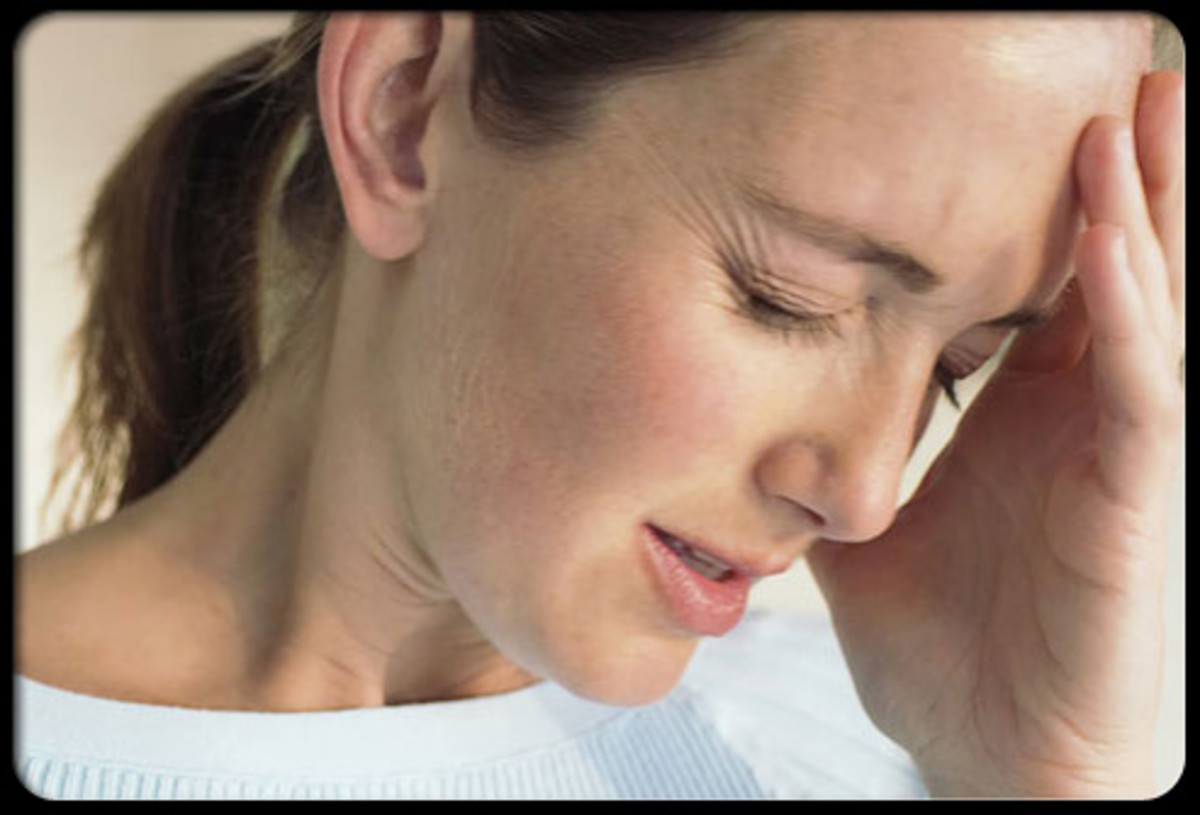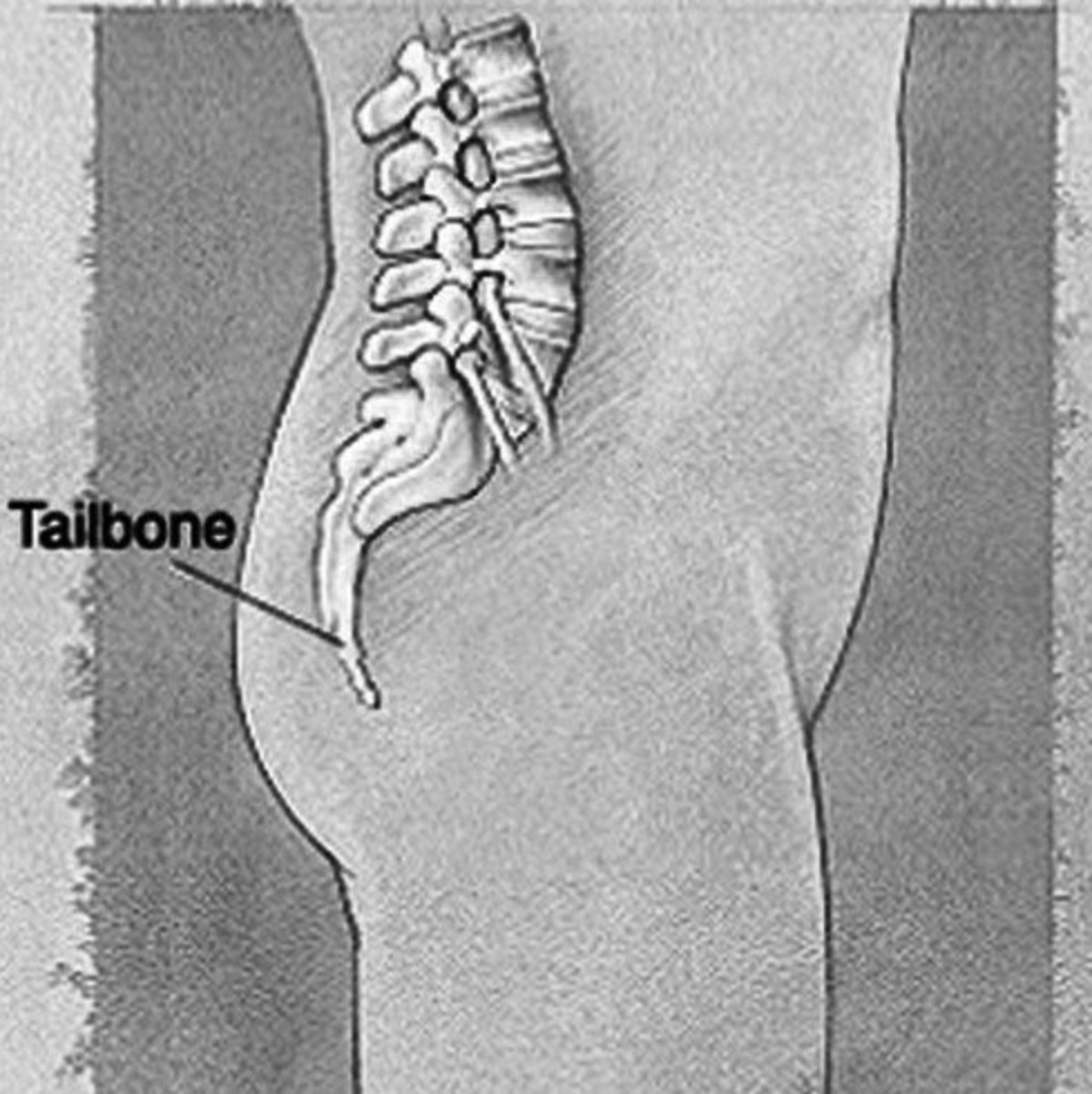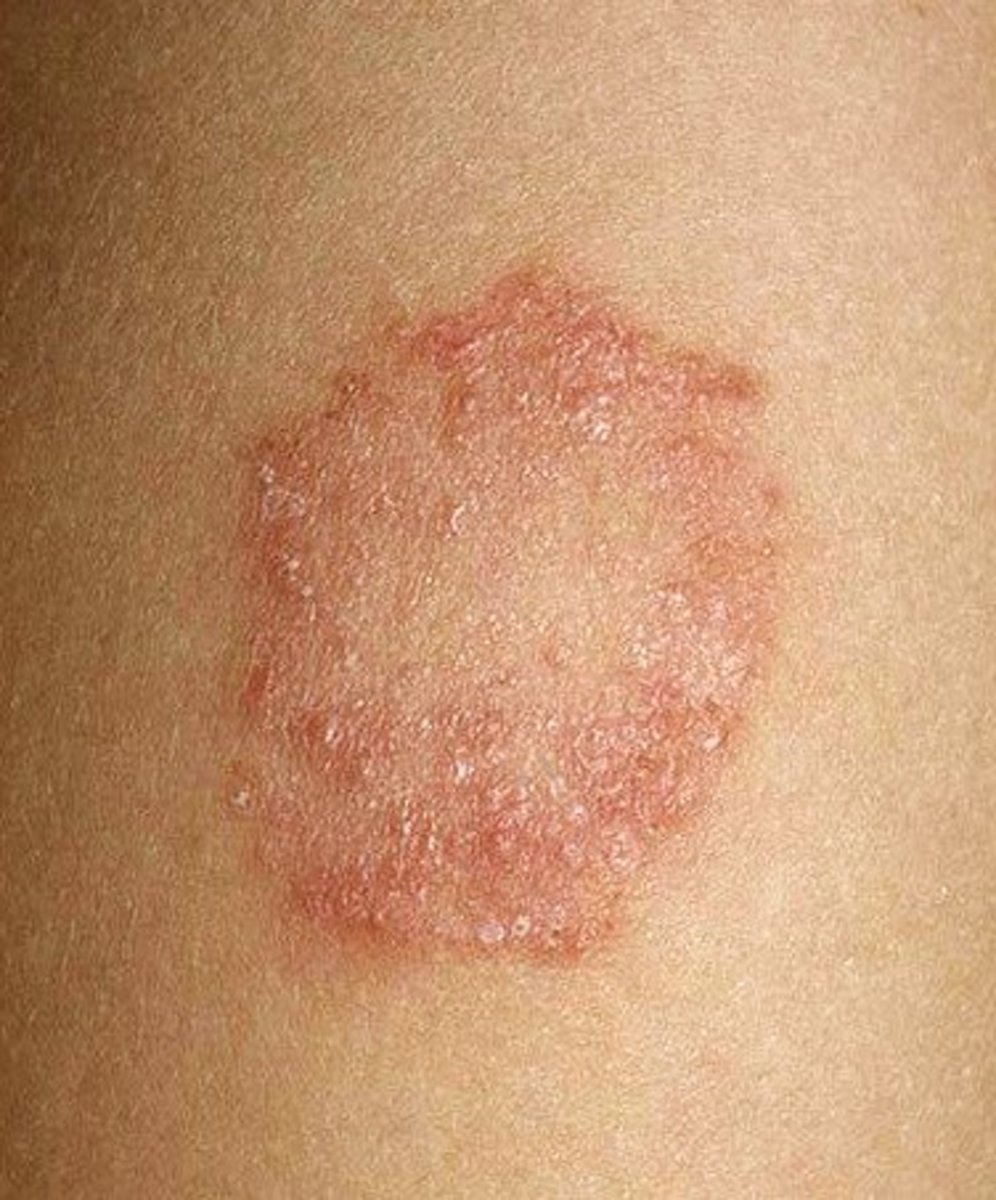7 Migraine Headache Natural Remedies: From Acupuncture to Feverfew and What Worked for Me
Migraine headaches can be agonizing and even disabling. I know; I get them regularly. I am always discovering new natural remedies tha help me deal with the pain and hopefully prevent their recurrence. The trigger point therapy I describe first below is one of many that I learned in recent years.
What Are Migraines?
Migraines are vascular headaches in which the blood vessels within the skull constrict and increase blood flow to the head.
Often described as a dull throbbing on one side of the head, migraines can be intensely painful and last from a few hours to several days. Three quarters of the people who suffer migraines are women, and migraine pain mostly afflicts women who are between 20 and 45 years of age.
Some people who get migraines get them chronically; for others, migraines occur rarely, if ever. Some folks get classic migraine--with the aura and the visual disturbances--while others get common migraine.
As for Me...
I've suffered from common migraines all my life, with the occasional classic migraine, and some of the alternative treatments below work for me. Since I am not a medical professional, don't take what I say as medical advice. Check with your doctor before trying any natural remedy for migraine.
Trigger Point Therapy
Unlike many of the other tips on this page, this particular alternative way of treating migraines is sourced solely from my personal experience. I hope you will let me know if it helps you.
I get different kinds of migraines. For some of them, massage helps. It does not completely get rid of the pain, mind you, but it takes the awful edge off the pain and makes it tolerable.
However, for other migraines, massage makes them worse. Trigger point therapy is for those types of migraines that massage helps.
Migraines are one-sided, so to check which type of migraine it is, I briefly massage my neck and shoulders on the side that hurts. If it makes me feel worse, I skip the massage and go directly to the other treatments I describe below.
If the massage DOESN'T make me feel worse, then I know this is a migraine that will benefit from this kind of massage.
So what are trigger points? Trigger points are knots at predesignated places in muscles that refer pain to other regions of the body. Trigger points in certain muscles in our face, shoulders, arms, back, and neck can make migraines worse by referring pain. Massaging out these trigger points can help the muscles repair themselves and function better in both the short- and long-term, thus easing pain.
The massage technique I use is this: I use a gently firm, uni-directional massage stroke directly on the trigger poiont (not sliding my fingers over the skin - rather, it's a pressing and stroking movement on the muscle itself), releasing the pressure, and repeating about ten times. I do a set of ten or so every ten minutes for as many times as I need to, until the migraine pain has relaxed a bit.
Where are these trigger points? The weird thing about trigger points is that they generally are NOT radically different with every person. If a muscle is affected, the trigger points will tend to be in the same relative locations on that muscle.
I will try to draw some diagrams of my personal migraine trigger points. But in the meantime, here's a quick description of how you can find them:
- First, do not focus on where the headache pain is. That is not a trigger point. Remember, you are looking for points that refer, or send, pain somewhere else.
- Neck muscles have important trigger points for massage, but it is beyond the scope of this article to describe all the safety precautions you need to take when massaging your neck. So for the moment, focus away from the neck and on the other trigger points.
- Explore the muscles in your shoulders, back, upper chest, face, and scalp on the affected side with a probing touch. You are looking for points on the muscles themselves that hurt to the touch or are tender. Those tender points are trigger points.
- When you find one, use the massage described above.
- Pay special attention to sinus areas around eyes and nose, the tiny muscles around your mouth, and to indentations in the back of your scalp, and to muscles under your arms.
It will be necessary to master learning the trigger points in your neck to get maximum relief, but that is for another article. In the meantime, focus on the areas above.
Ginger Root as Powder or Infusion
I take ginger root powder in a capsule with water for migraines at the first sign of pain, especially if nausea is associated with the migraine.
I also sometimes make a tea or infusion with fresh ginger root. I simmer the ginger root for ten to twenty minutes, then drink it like tea. It will have a hot, spicy bite!
Though it never gets rid of the pain on its own, it seems to help take the edge off, and doesn't seem to have any side effects with me.
Acupuncture
A possible natural remedy for migraine and alternative treatment is acupuncture. I've never personally tried it.
The idea of zipping off to an acupuncturist during an acute attack of migraine isn't realistic for me. However, you can plan ahead if you get regular migraines. An acupuncturist will examine you and ask you questions about your eating habits to discern the origin of the problem.
Acupuncture for migraine commonly involves needles placed in the "web" of the hand (between forefinger and thumb) and the corresponding area on the foot, adjacent to the nose, and at the base of the skull. Controlled studies have shown acupuncture treatments to be effective in 75 percent of headaches, migraines among them.
Biofeedback
Some people treat migraines using biofeedback with the help of biofeedback specialists. According to The Natural Health Guide to Headache Relief (Pocket, 1997), biofeedback can help you monitor the thermal changes in your body during a migraine. As the blood moves toward the head during a migraine attack, the relaxation techniques of biofeedback can help you visualize your hands and feet warming up. With practice, you should be able to use this technique to restore your normal circulation in about 15 minutes. If your migraine includes an aura, which can "announce" a classic migraine, begin using biofeedback when the aura begins.
Cold/Hot Therapy
You may have noticed you get cold hands or feet when you have a migraine. This occurs because with a migraine, the blood flows toward your head. This is a bad thing, generally, for pain.
To ease the inflammation in your head, hold a cold compress, cold wet washcloth or ice pack to the side of your head that hurts.
To get the blood flowing away from the head, take a shallow hot bath (called a sitz bath) and immerse your hands, but don't lower your head into the water or dip your head down too low. Hot water will help your blood circulate away from your head and to your body.
This cold-to-the-head, hot-to-the-body therapy works for me especially when I do it early on in the stages of one of those throbbing migraine headaches that don't respond to massage. What works for you may be different, so you may need to experiment.
Feverfew
Feverfew is an herb whose common name is "headache plant."
As an herbal migraine remedy, taking 1 to 2 cups feverfew tea daily over the course of several months may help prevent chronic migraines from developing.
Feverfew is not for pregnant women, those taking anticoagulants, or those allergic to chamomile and other plants in the ragweed family--and I happen to have a ragweed allergy.
Talk to your doctor if you plan to take feverfew.
Dietary Changes to Prevent Migraines
Lastly, to treat my migraines naturally, I also changed my diet. Some foods, called food triggers, can hurt a migraine headache.
Some triggers include:
- Foods high in tyramine, histamine or histamine-liberating factors, like chocolate; avocados; strawberries; citrus fruit; fermented, brined or cultured foods such as aged cheese, yogurt, olives and sauerkraut; legumes; leftovers; and unwashed meats,
- Nitrate and nitrite-containing foods, including processed meats and even some vegetables like lettuce and celery,
- and foods with a large amount of free glutamic acid, such as aged cheeses, mushrooms, tomatoes, asparagus, and monosodium glutamate (MSG).
Avoidance of one's trigger foods is one approach. Another is to add anti-inflammatory foods on. One well-documented anti-inflammatory food is salmon. Adding omega-3 fatty acids in the form of wild Alaskan salmon helps me reduce the number of migraines I get.
Migraine Headache Causes
Although the precise cause of migraine headaches is unknown, researches know they involve inflammation in the head. Migraines can be triggered by a number of factors:
- stress
- hormonal changes of pregnancy or the menstrual cycle
- sleeping irregularities (too much, not enough)
- migraine trigger foods
- smells
- bright lights
- changes in the weather
- an excess of caffeine
- caffeine withdrawal
- another medical condition
When to See a Doctor for a Migraine
See a doctor if any of the following apply to you:
- The headache is unbearably painful and won't go away.
- You get frequent recurring headaches that are painful enough and/or long-lasting enough to disrupt your normal life.
- You experience nausea, vomiting, tingling, or visual disturbances
- The headache came after a blow to the head
- Getting headaches is new to you
Conventional Migraine Treatment
Treatment for a migraine typically involves:
- taking anti-inflammatory or pain medications specially formulated for migraine headaches
- resting in a dark, quiet room
- applying a cold compress to the head
Some people take NSAIDs (nonsteroidal anti-inflammatory drugs) such as
- ibuprofen (brand name, Advil)
- acetaminophen (brand name, Tylenol)
- naproxen sodium (brand name, Alleve)
Others take prescription medications such as ergotamine or triptans either for migraine prevention or for migraine attacks.
Many over-the-counter migraine remedies, such as Excedrin Migraine, are a mix of pain relievers and caffeine.
- Migraine Information
Information at WomensHealth.gov about migraines, which tend to affect women more than men.
The author may be compensated for affiliate links in this article. See the author's disclosure statement.





